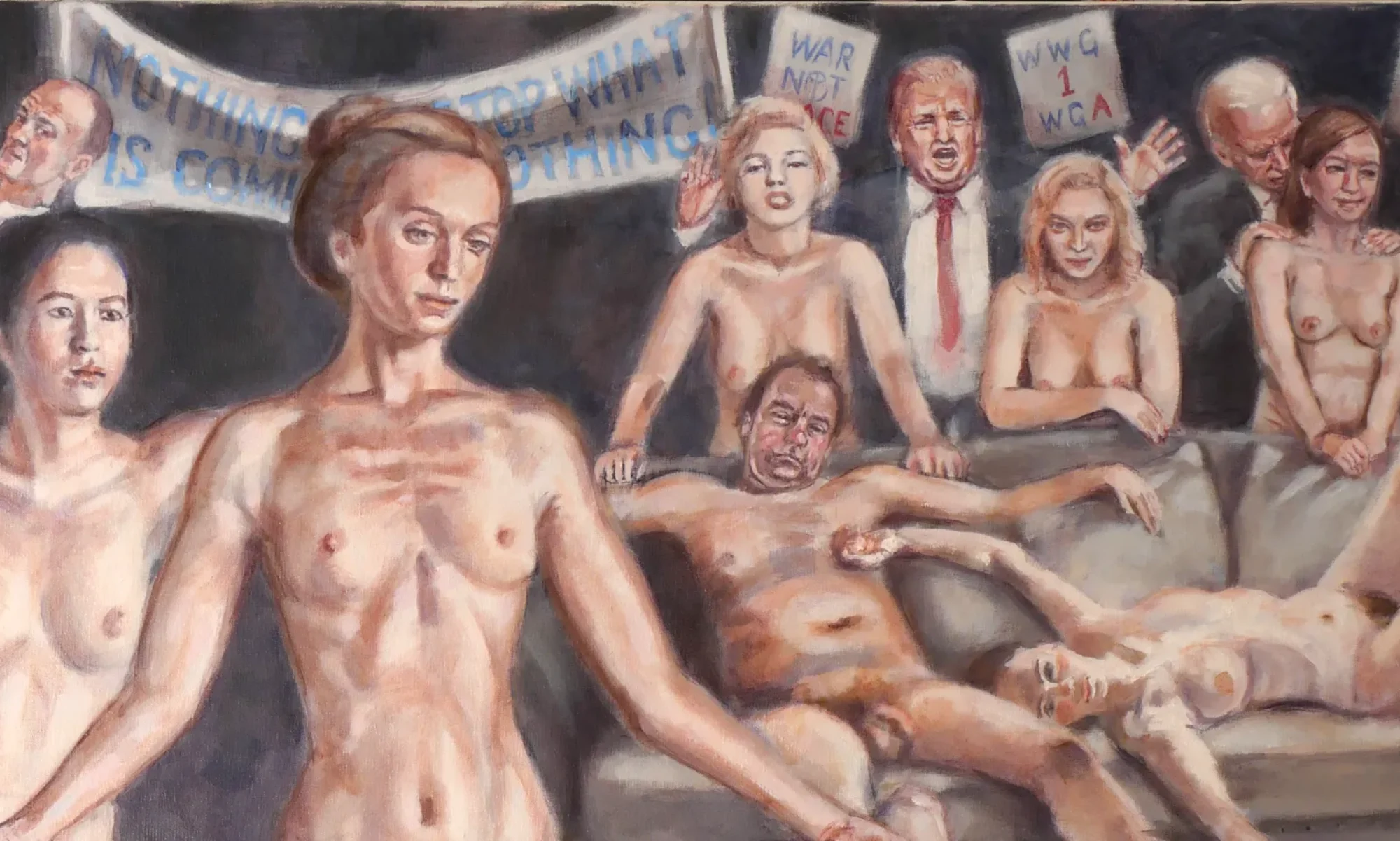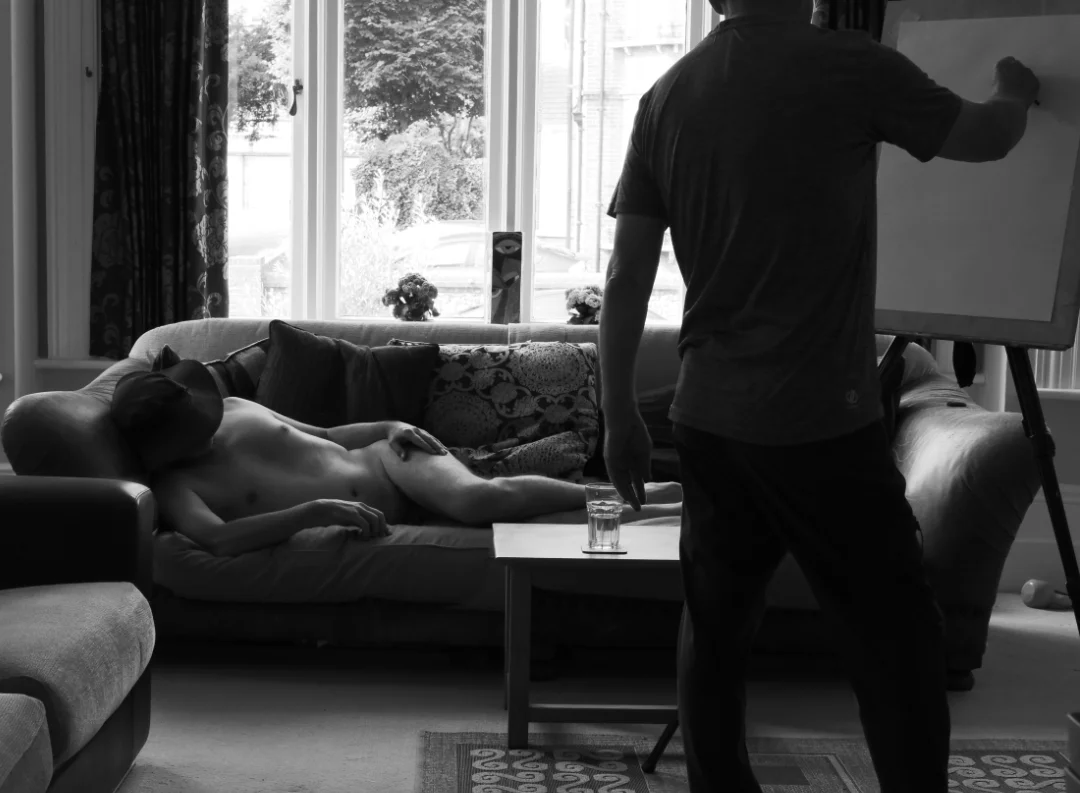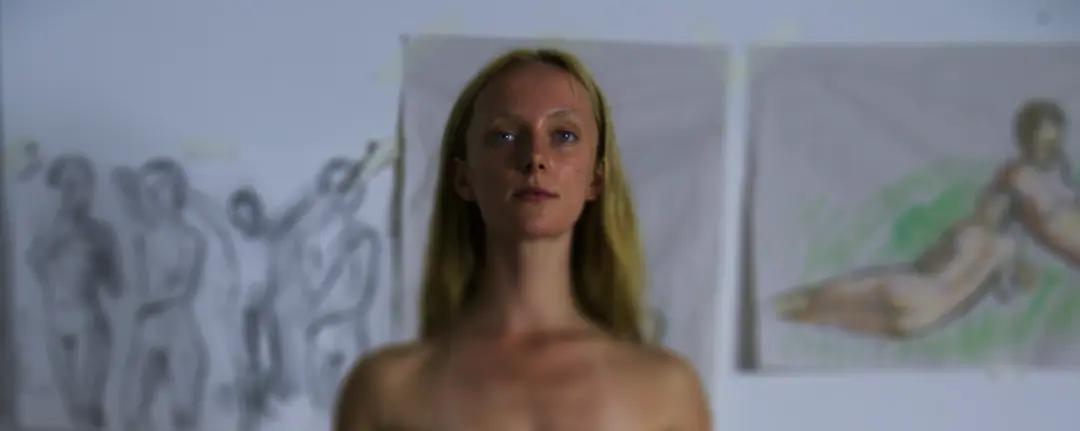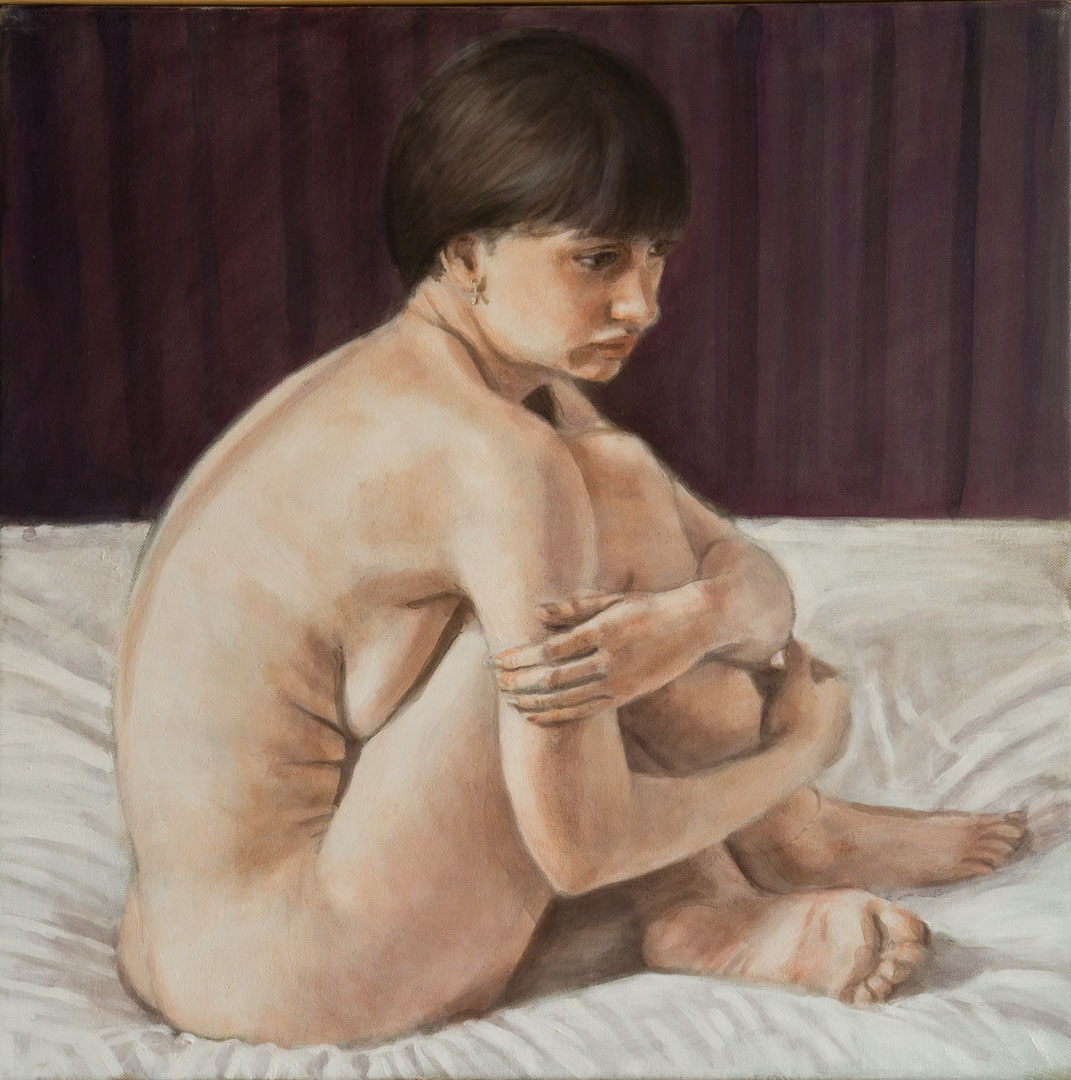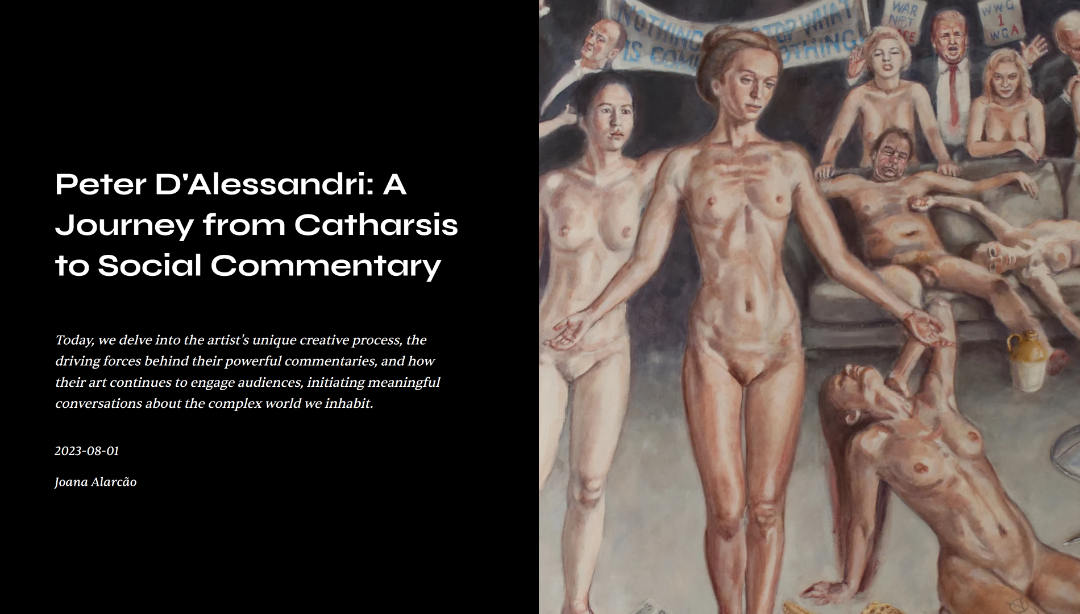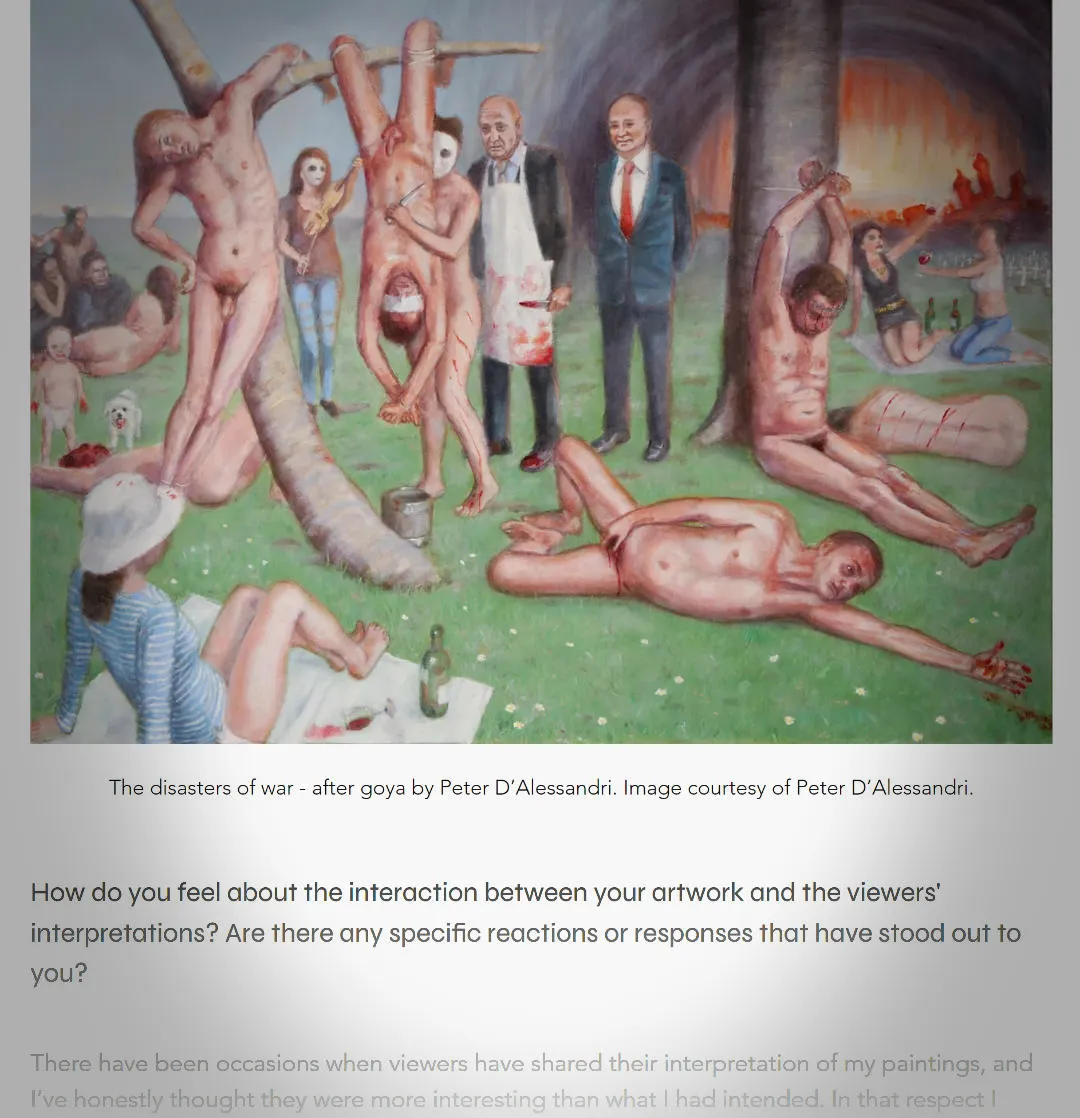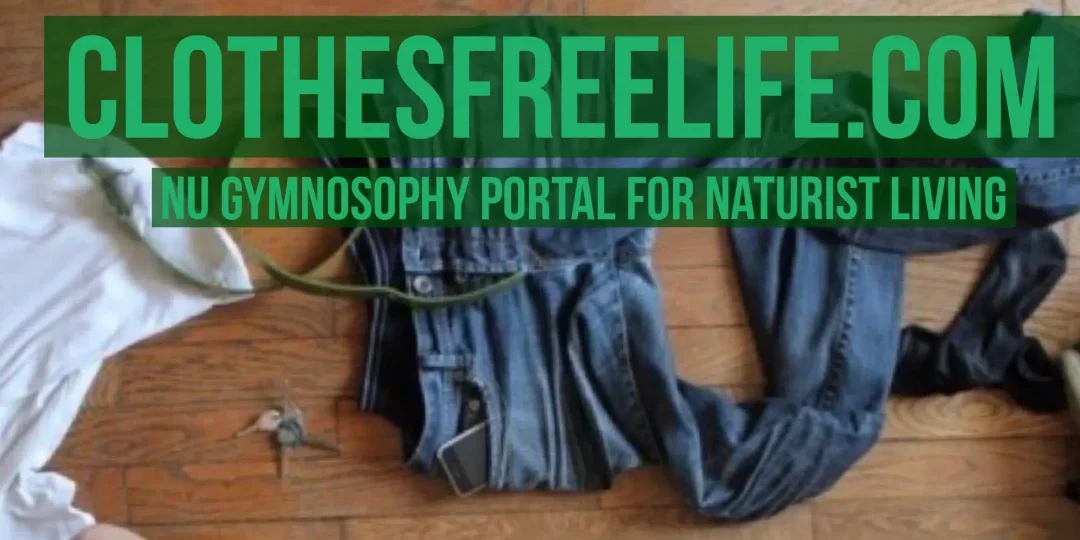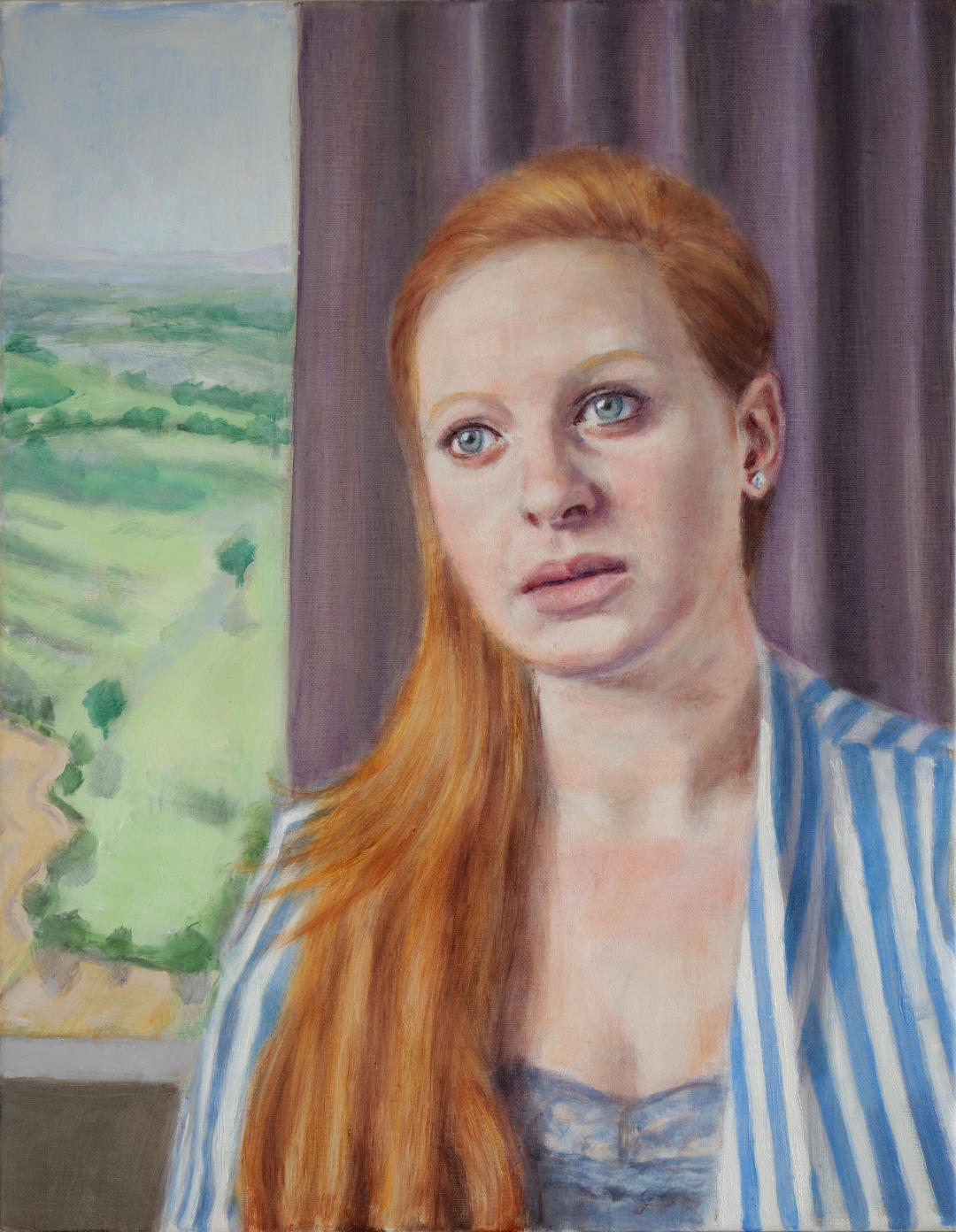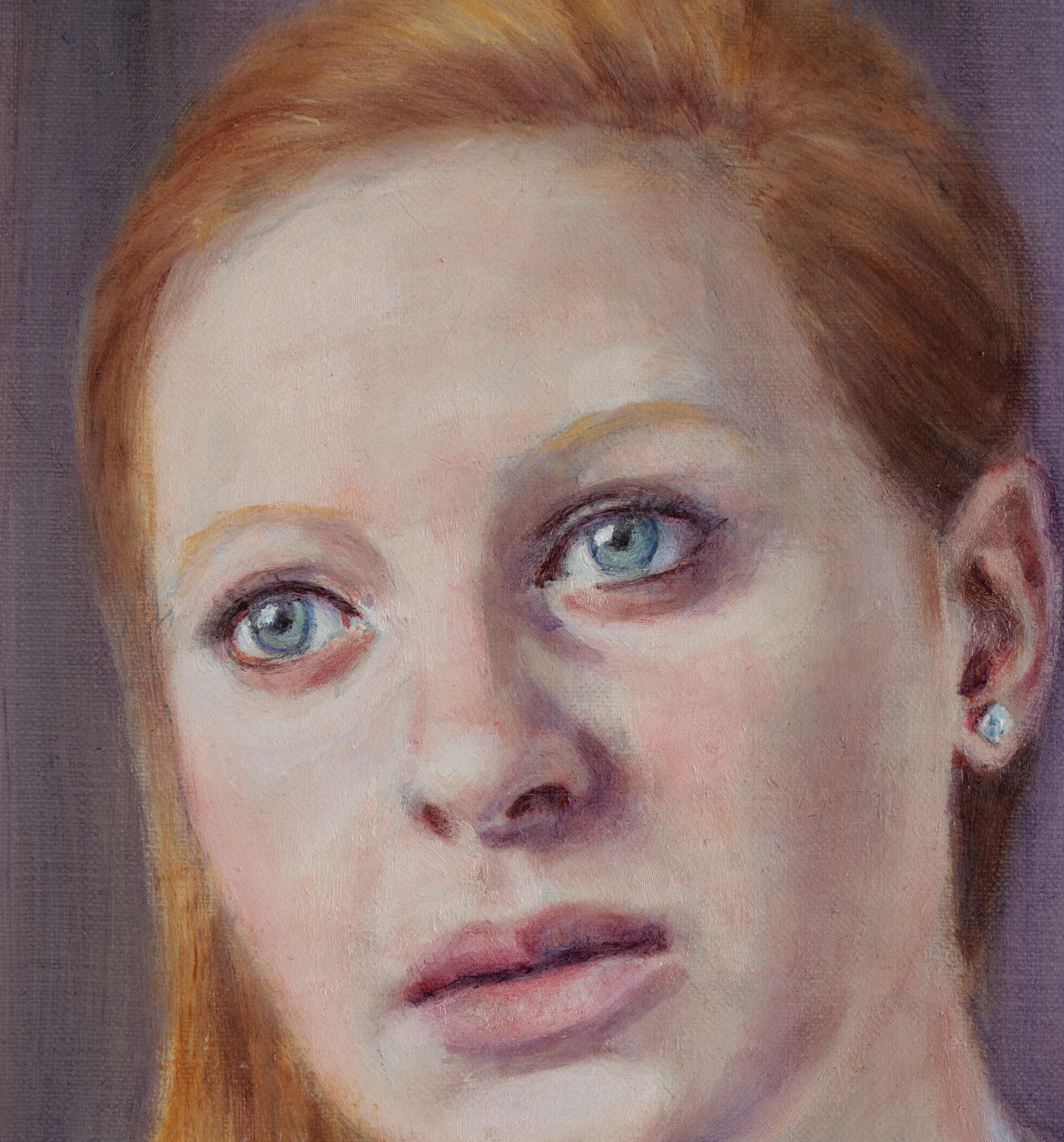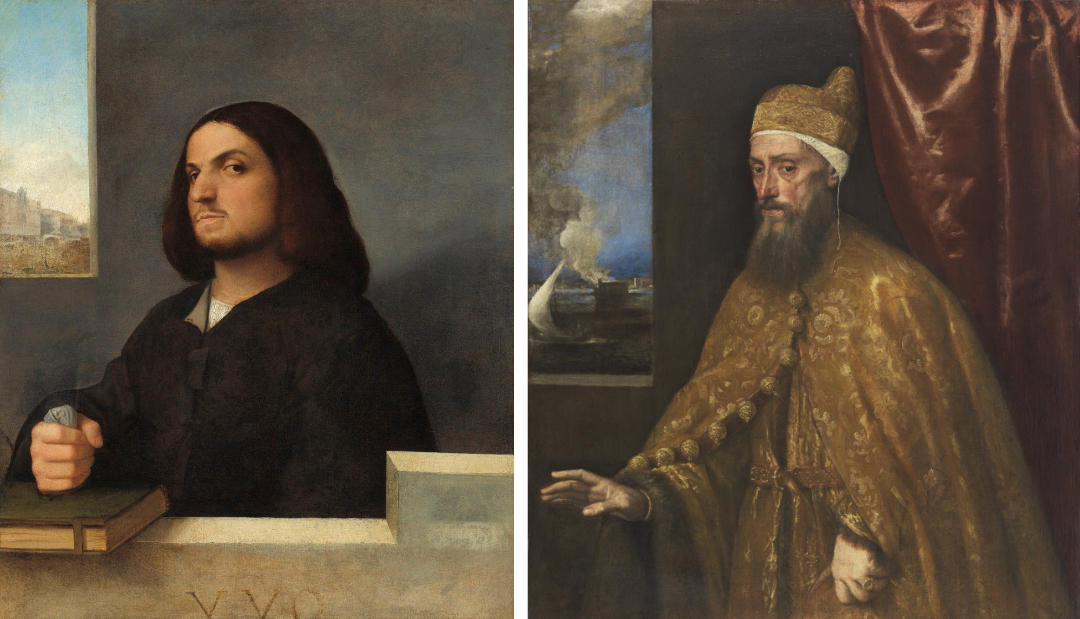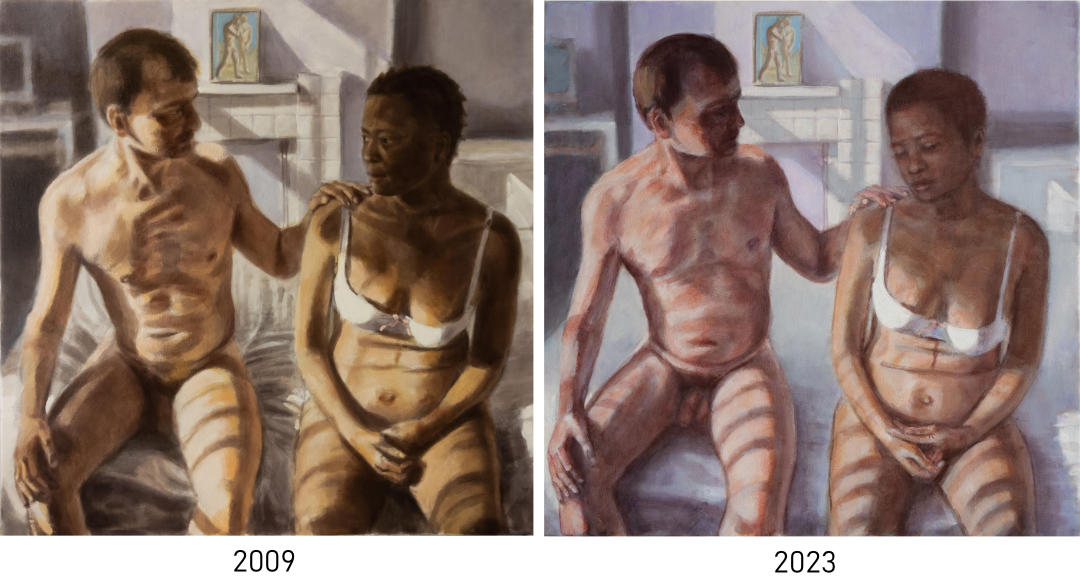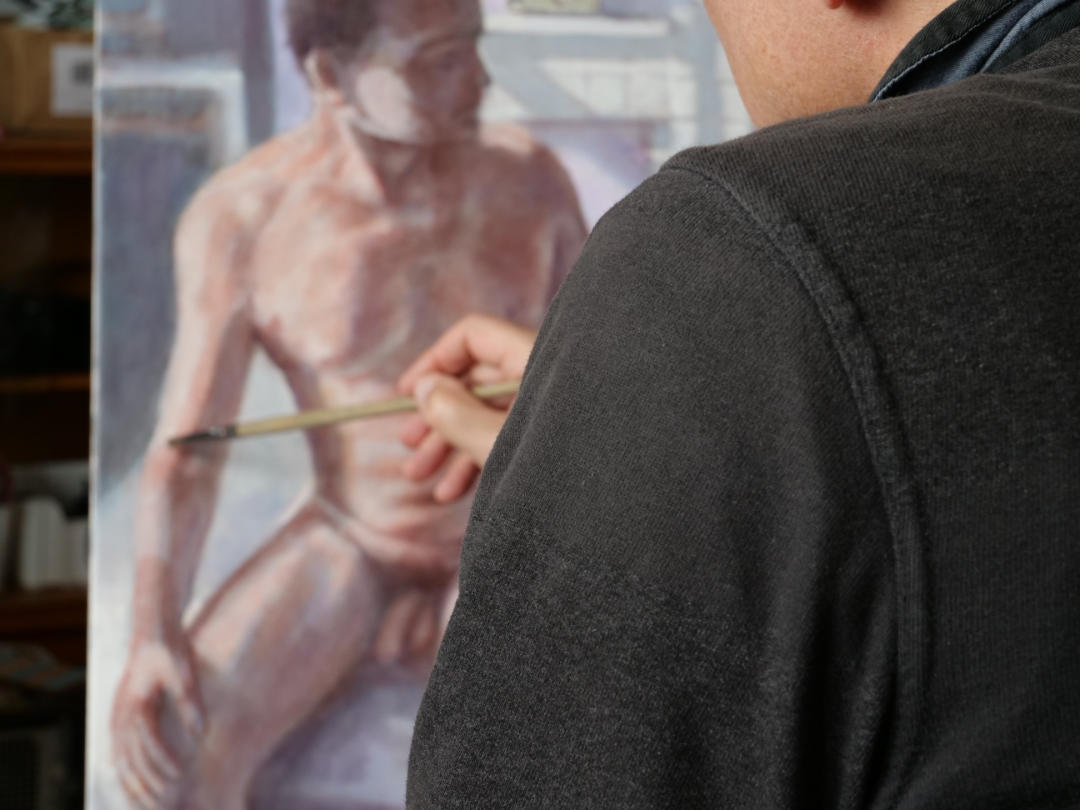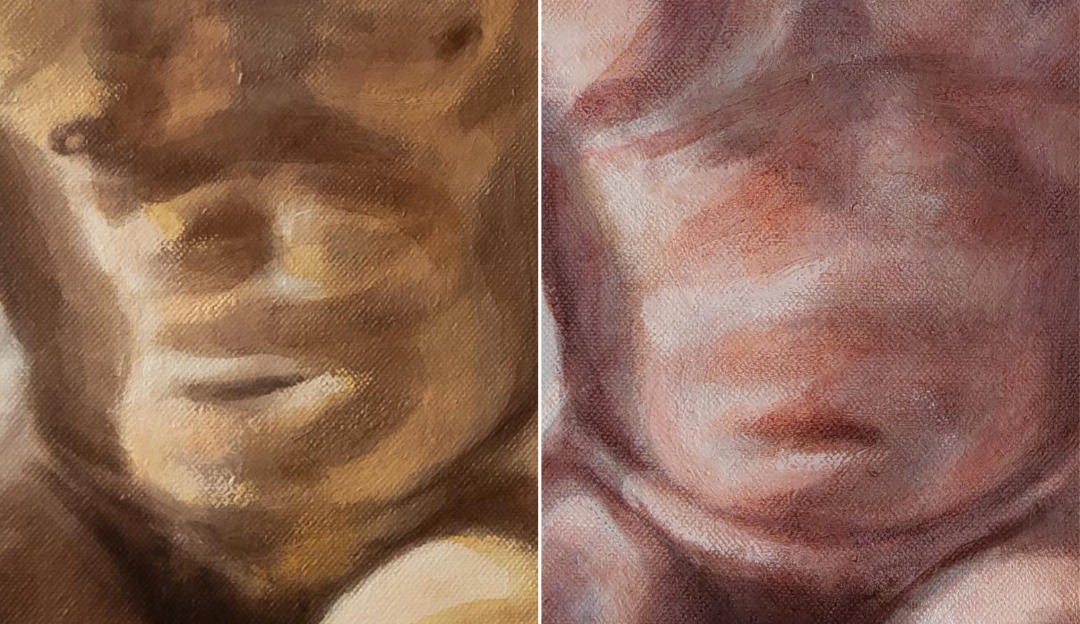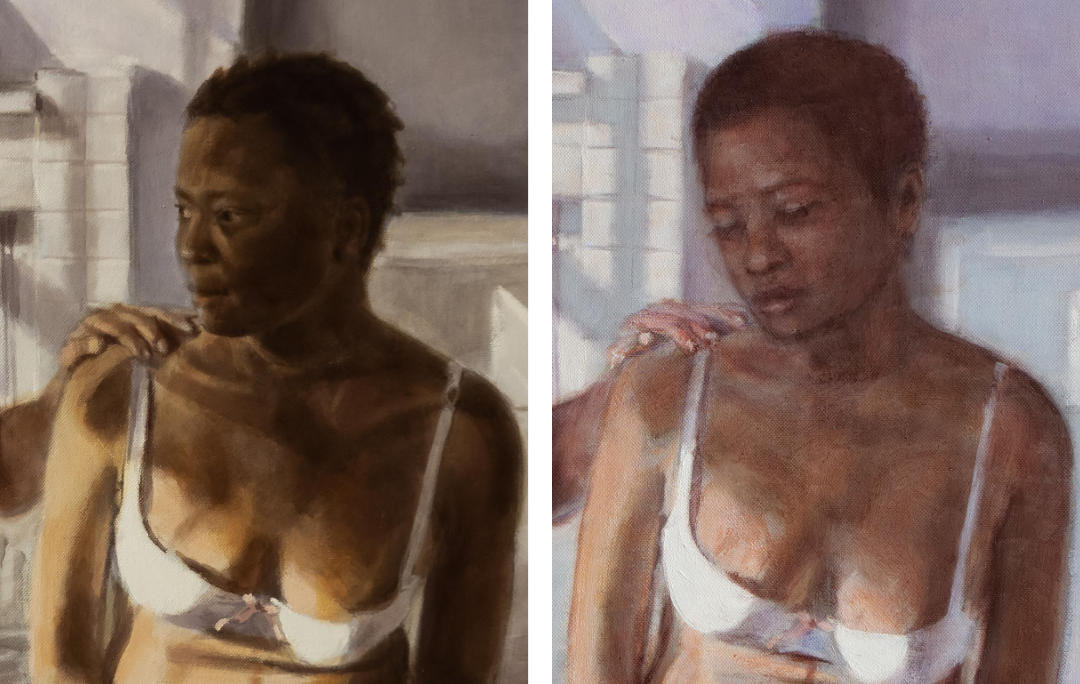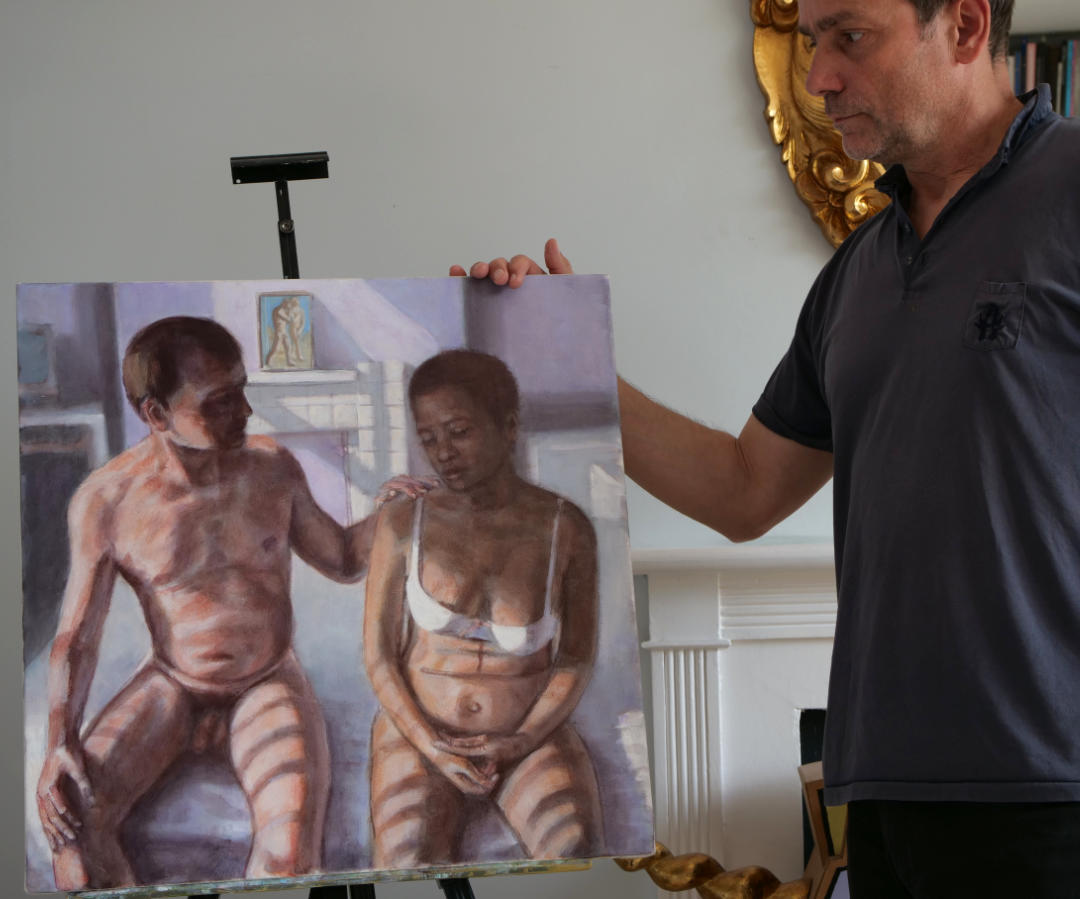
I am absolutely delighted that “Man and Woman” has been shortlisted for the Theo Paphitis LGC Art Prize. Out of 837 submissions, they shortlisted just 11 artworks, so I am feeling extremely grateful that the judges chose my work to be amongst the finalists.
It is a painting that has taken rather a long time for me to finish (I wrote more about the painting and how I recently repainted it here). I have had a troubled relationship with this piece. I started working on it during a time of great loss and pain. It has spent ten years in an unfinished state. I could not work out what was wrong with it, but I suspect unresolved feelings from that time made me feel uncomfortable working on it.
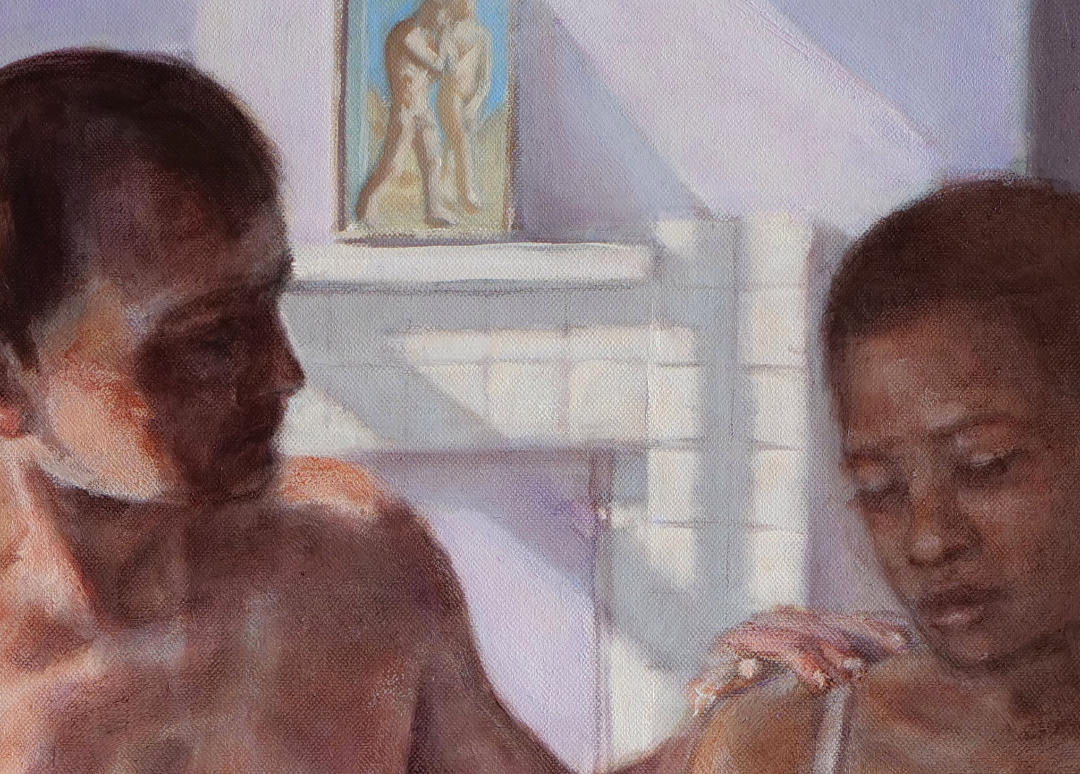
Anyway, it’s finished now, and it’s so encouraging having such a personal piece being endorsed by the judges. Working alone in a studio, it is all too easy to start having doubts about particular paintings and projects. Will people understand them? Will anyone make a connection with my work? So a big thank you to the judges – Kate Brinkworth, Tom Croft, Brian Reed, Jayne Kay, and a special thanks to Theo Paphitis who set up and supports the LGC Art Prize.
Update. And the winner is….
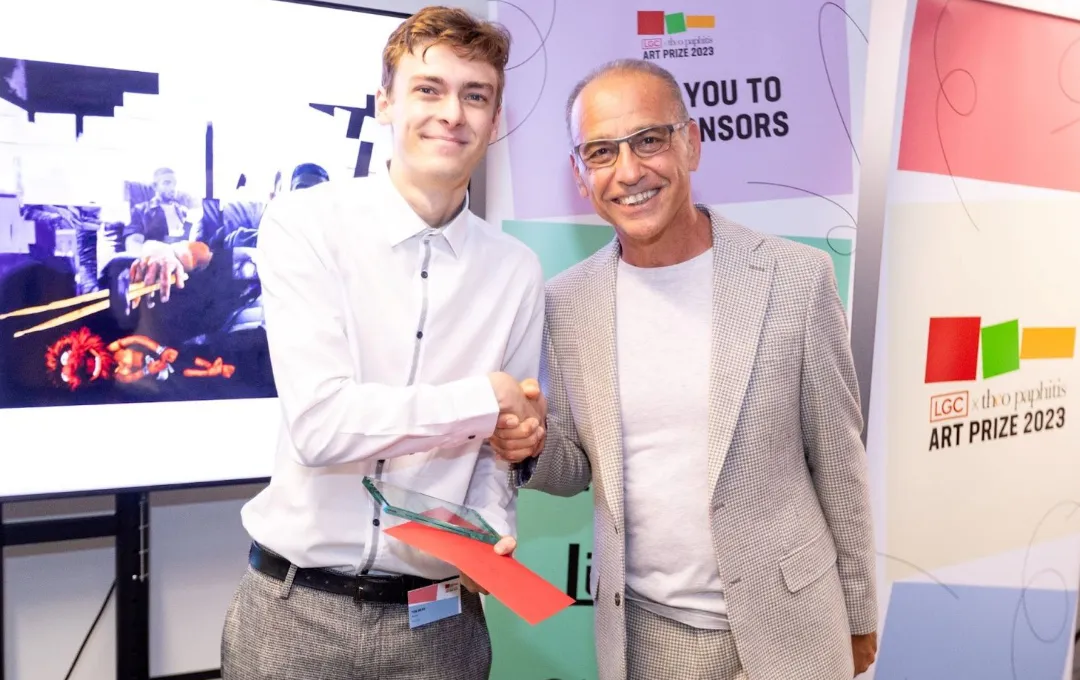
It was a wonderful and quite lavish awards ceremony. Theo Paphitis must be congratulated for hosting this excellent addition to the Arts calendar. Tom Meads was the deserved winner with his painting ‘Stoic’. You can read more about the three different winners here: theopaphitis.com/my-blog
What I particularly enjoyed about the judges’ selection was that they chose works that actually followed the theme “connection” – not always the case with themed shows.
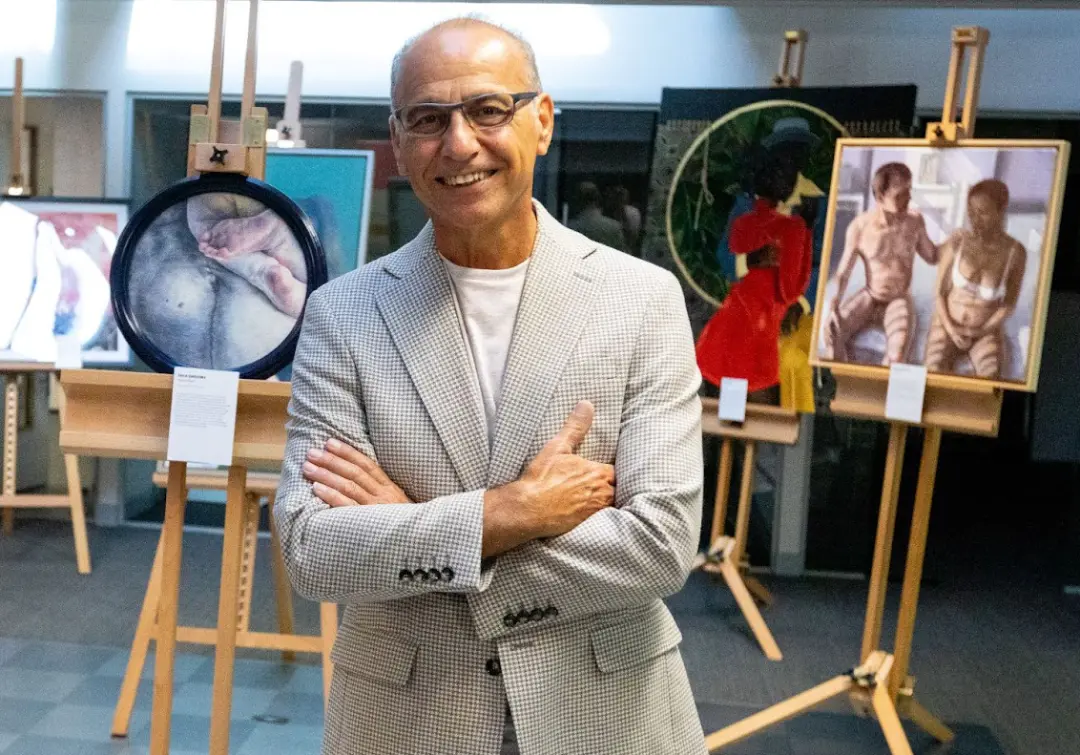
One very nice touch was how, after the awards ceremony, they then gave each artist a goody bag full of art materials. I’ve not seen that in any competitions I’ve been shortlisted for before, and I was incredibly pleased with that little surprise. I left feeling like a winner. Artists are so easy to please 🙂
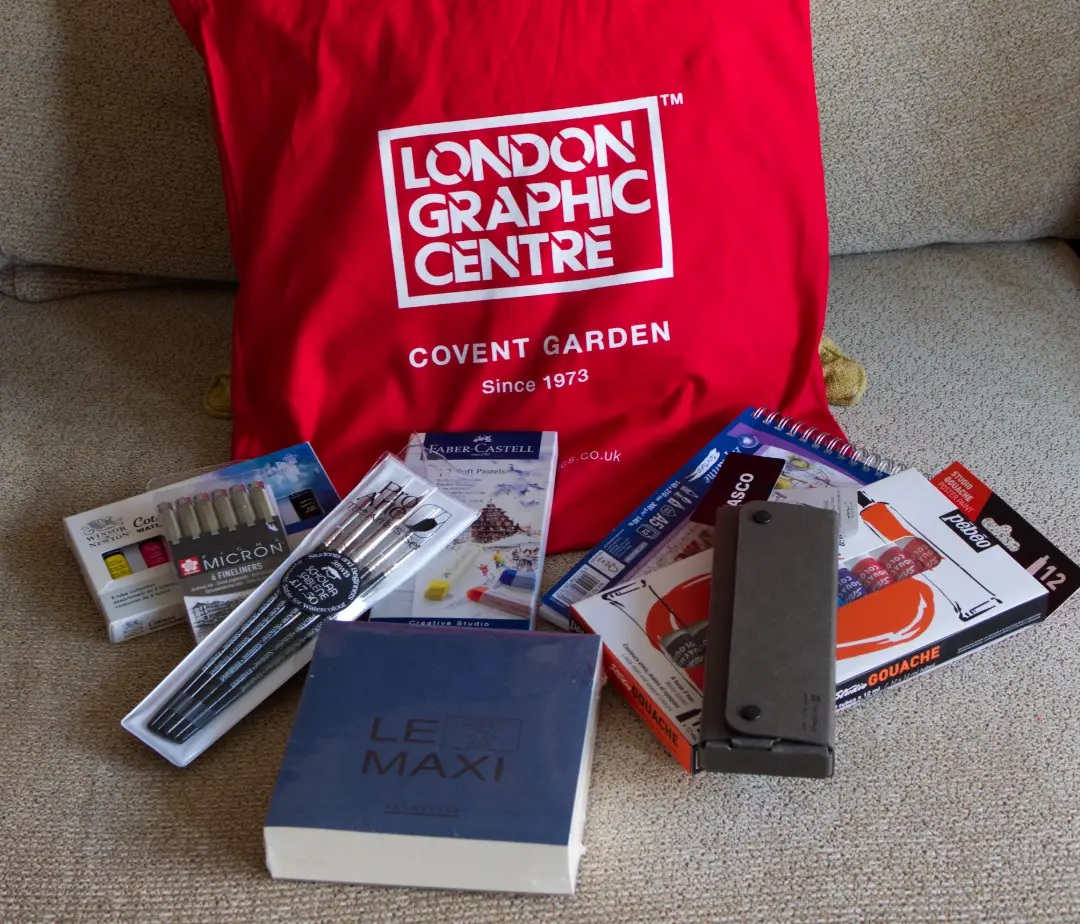
London Graphic Centre is a treasure trove of art materials in the heart of London. Here is their website: londongraphics.co.uk
